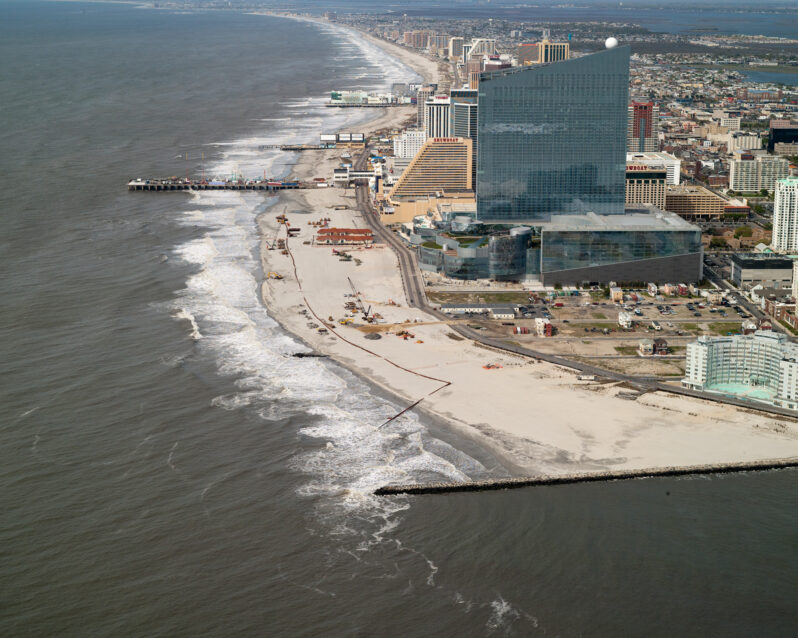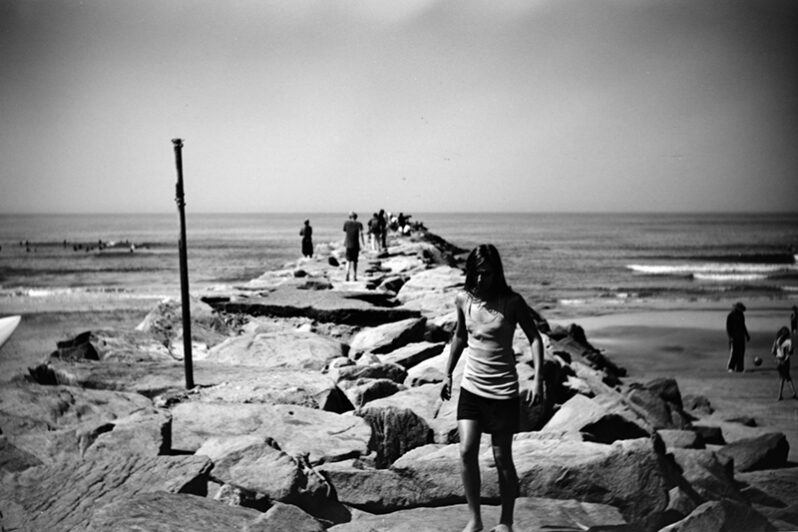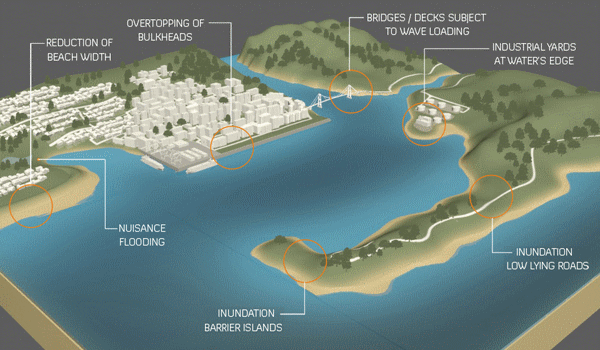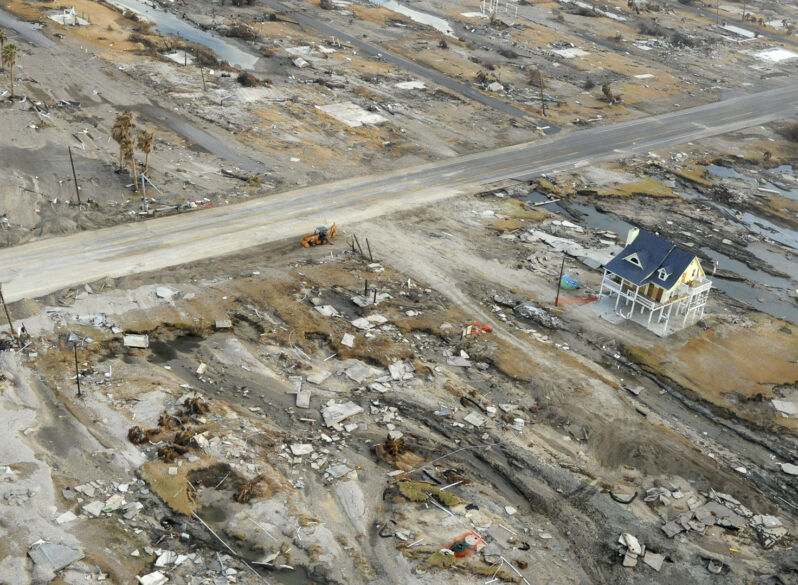9 times the US Army Corps of Engineers miscalculated badly at the expense of taxpayers, wildlife – Jefferson Public Radio (JPR)

The agency has a history of diving into big construction projects that exceed projected costs, fall short on projected benefits and, in some cases, create new problems that engineers hadn’t bargained for…
A California Beach Town Is Desperate to Save Its Vanishing Sand – the New York Times

Sea-level rise and man-made projects have left Oceanside with precious little beach space. That’s a problem if coastal life is part of your city’s identity…
Opinion | Interactive: The Plan to Save New York From the Next Sandy Will Ruin the Waterfront. It Doesn’t Have To – the New York Times

Last September, the U.S. Army Corps of Engineers unveiled its proposal to protect the greater New York and New Jersey metro area from the next catastrophic flood. It is an epic plan that includes dozens of miles of floodwalls, levees and berms along the shoreline and 12 storm surge barriers — arrays of movable gates — across entrances to waterways throughout the region.
The plan is estimated to cost a staggering $52.6 billion. It’s by far the most expensive project ever proposed by the Corps.
The trouble is that despite its great ambitions, the Corps’s plan demonstrates the shortcomings of relying on massive shoreline structures for flood protection…
The ‘Ike Dike’ is the Army Corps of Engineers’ largest project ever. It may not be big enough – Grist Magazine

In September 2008, Hurricane Ike made landfall near Galveston, Texas, as a Category 4 storm with around 20 feet of storm surge…In the aftermath of the storm, Texas officials searched for a way to protect Houston from similar events in the future, and they soon settled on an ambitious project that came to be known as the “Ike Dike” …
Shelter from the Storm – Science

A plan to wall off Houston and nearby industry from flooding caused by hurricanes will cost tens of billions of dollars. Will it be enough?
Plans for one of the world’s biggest and most expensive flood barriers were born in a second-floor apartment here in this city on the Gulf of Mexico, as water 4 meters deep filled the street below. In September 2008, Bill Merrell, an oceanographer at Texas A&M University, Galveston, was trapped with his wife, daughter, grandson, and “two annoying chihuahuas…”
